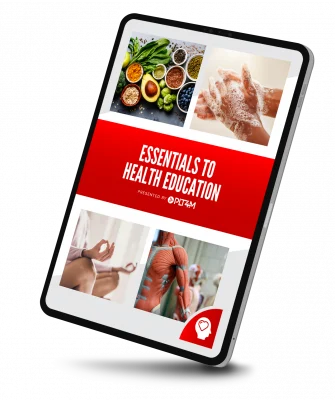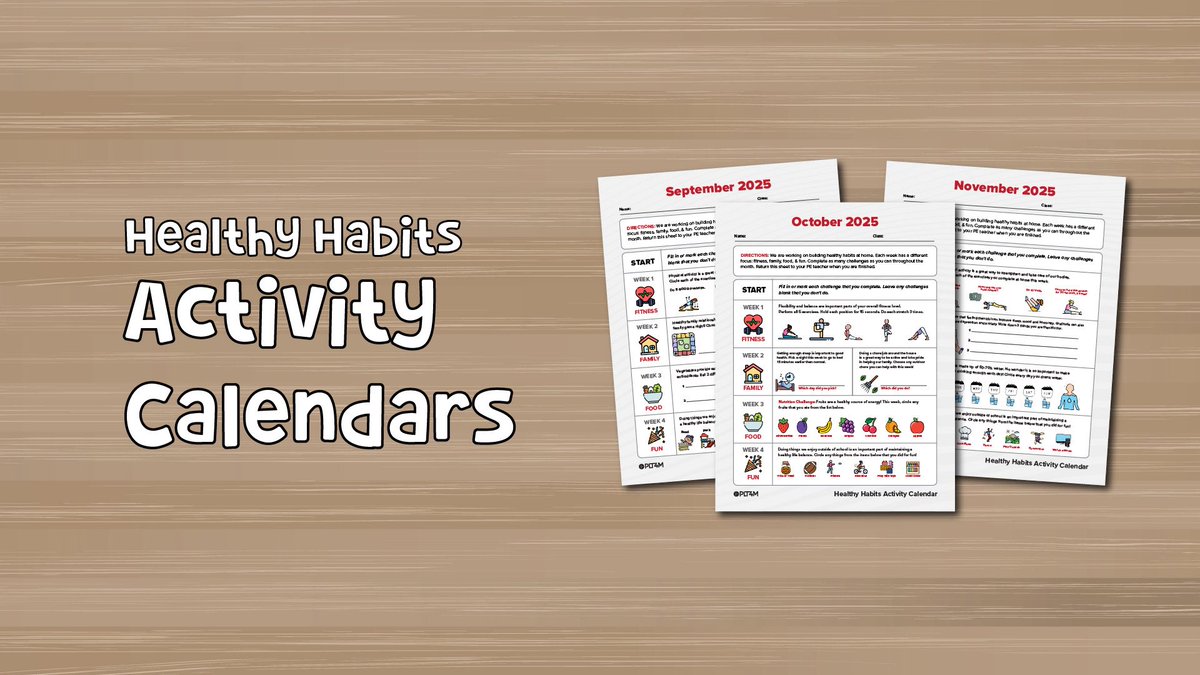Health issues and challenges evolve, and so should curriculum. Middle school health curriculum is critically important because it targets students at a pivotal age when they are developing habits and attitudes that will influence their future health. As a result, it is essential to provide an effective health education curriculum that supports middle school students with the knowledge, skills, and confidence to navigate our ever-changing world.
In this article, we unpack the key elements of a middle school health curriculum, showcase sample lesson plans, and provide insights on how health can be woven into a more extensive comprehensive health and physical education program.
Challenges Of Middle School Health Curriculum
There has never been a sole curriculum or singular approach to health education within schools. While there are common themes and topics that districts and states are eager (or required) to cover, health is an expansive subject where the topics to incorporate can feel endless and ever-changing.
For example, disease prevention and substance abuse prevention have been staples of many middle school health curriculums for years. However, new and emerging topics such as mental health, vaping, cyberbullying, and social media usage are particularly pertinent to today’s middle schoolers.
As a result, it can seem daunting to fit all these different topics into a single semester or school year.

“Health Literacy” Helps Shape Middle School Health Curriculum
While it would be nearly impossible to cover everything within a middle school health curriculum, using the term health literacy can help to shape an approach for maximal success. Shape defines health literacy, the guiding term within the national health education standards, as,
“Health literacy is the ability to access, understand, appraise, apply and advocate for health information and services in order to maintain or enhance one’s own health and the health of others.”
With this definition, school districts can focus on a skills-based approach that supports students with critical thinking and decision-making skills to navigate a complex health world. Students can develop the important skills and steps to make healthy decisions that translate over a wide range of different topic areas.
Consider this model a win-win! You can still cover the critical elements of the health education curriculum while incorporating new and important units, all while developing foundational health skills that will set students up for success.
The Nutrition Education Example
Let’s take a look at nutrition from a health literacy lens. Within many middle school health curriculum plans, schools cover the basic elements of nutrition.
Here, middle school students start to learn about the science of food via calories, macronutrients, micronutrients, and more. But beyond just transmitting basic facts on these topics, the middle school health curriculum can encourage students to explore how this relates to their personal lives.
For example, a popular nutrition project within the middle school health curriculum is to dissect and explore food labels. What does the package claim on the front labeling versus have listed on the nutrition facts on the back?
Through this process, students develop foundational health skills and learn to analyze and evaluate the types of foods and beverages they consume and how they relate to or impact their health. This is health literacy development in action.
Get Our FREE Health Sample Lesson Pack
5 Skills-Based Health Lessons
Get five free health lessons, pulled directly from our Health Curriculum. With lessons on Nutrition, bullying, sleep and more, there are tons of valuable insights!
The Changing Landscape Of Middle School Health Curriculum
Beyond a skills-based approach, a health curriculum must be current and relevant to students’ everyday experiences for it to be effective. While this has always been the case within middle school health curriculums, it has become increasingly important to evolve health skills taught with the rise of technology and the changing world our young people live in.
As a result, new resources are required to convey and develop the functional knowledge within existing, new, and evolving topics. That means updating the existing middle school health curriculum while also filling any missing gaps.
Check out some of the top middle school health curriculum topics and sample lesson plans that schools and teachers are currently using with students,
Bonus Content! Sample a piece of content from PLT4M’s Digital Citizenship program defining cyberbullying.
Big Picture – Putting The Pieces Of Health and Wellness Together
While articles and conversations around middle school health curriculum often focus on the health class itself, schools must take a step back and consider the big picture of student health and wellness. If the overarching goal is to promote good health for middle school students now and in the future, we must support a comprehensive health and wellness curriculum.
Therefore, health and physical education classes should be connected and coordinated. For some schools, this is easy because health is taught via physical education, but in many schools, health and physical education are separate classes taught by different teachers.
Regardless of the class and teaching structure, schools must consider the complete picture and support teachers and students with a full set of tools for complete health and wellness.
For example, as students work on more cognitive health-related skills in the classroom, they should also consistently have opportunities to explore physical activity and fitness to integrate all the pieces of health and wellness. Altogether, we will equip our students with a full toolkit of foundational health skills for success.

Key Takeaways on Middle School Health Curriculum
Middle school health class doesn’t have to be a drag! By evolving the middle school health curriculum, teachers can reinvigorate the classroom to create active participation, dynamic conversations, and more.
With the right middle school health curriculum and resources, teachers can explore real-world health-related issues and topics. This can equip students with the skills and knowledge to navigate a complicated world. And as new challenges arise, students can draw back on the skills they have built to make healthy choices going forward.
In addition, adding physical activity and physical education will support the complete picture of health and wellness.
Do you need more ideas and resources for a middle school health curriculum? PLT4M offers a complete health and physical education curriculum. Reach out to learn more!
Get Our FREE Health Lesson Sample Pack!
5 Free Lessons
Get five free health lessons, pulled directly from our Health Curriculum. With lessons on Nutrition, bullying, sleep and more, there are tons of valuable insights!







